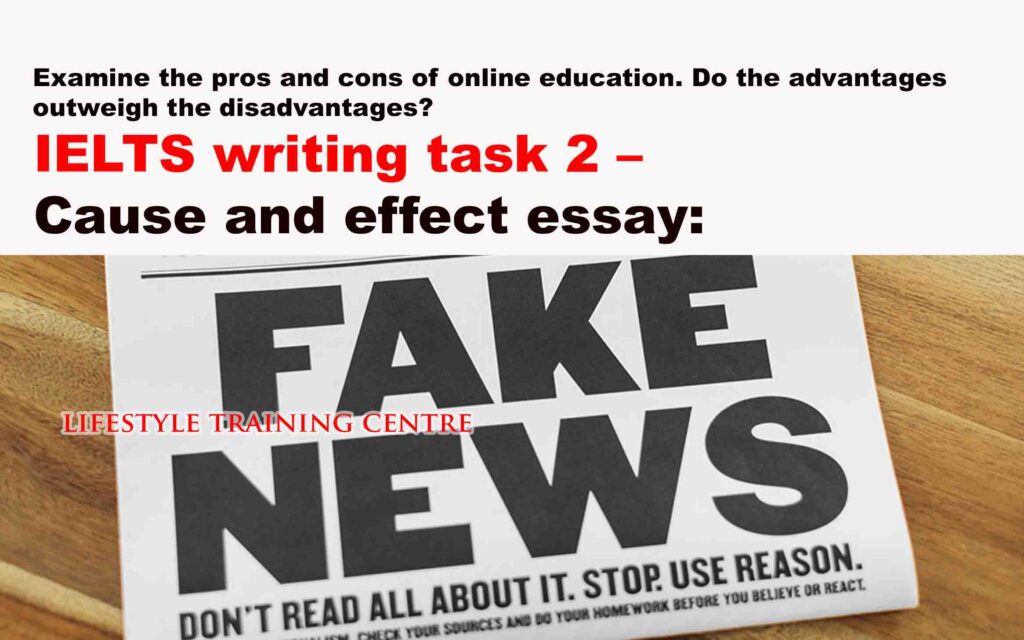
What leads to the spread of disinformation and fake news, and how does it undermine trust in media and institutions?
We live in an era where information is exchanged at lightning speed through a plethora of distinctive platforms. Unfortunately, not all of this information is trustworthy; much of it can be deceptive. This essay will explore the motives behind the dissemination of incorrect and misleading information and their ramifications, particularly concerning the credibility of media and institutions.
One of the primary motives behind the spread of false information is political propaganda. Politicians and those in power often seek to control the public and manipulate behaviour by disseminating biased news. By presenting a righteous facade and discrediting opposing parties through controlled media, including newspapers, TV channels, social media, and podcasts, they aim to influence public opinion. As Adolf Hitler proclaimed during his reign, “If I can control the media, I can control the people.” Those in power with malicious intentions strive to regulate institutions and the press to serve their self-driven motives. Additionally, even when these institutions or the press wish to release accurate data, they may feel threatened by government entities. Often, major news media organisations succumb to bribery from political parties, resulting in the unchecked spread of fake news. A prime example of this is the recent exit poll data released by a leading political party in India immediately after the elections, which was eventually proven biased.
As a consequence, people begin to distrust news outlets and any mediums that broadcast information. Although a significant portion of the population may remain naive and credulous for an extended period, they eventually realize the extent of these deceptions and ultimately lose faith in the media. The recent COVID-19 pandemic exhibited similar effects. Much of the news related to COVID-19, driven by political agendas to control the populace and exploit fears for monetary gain, was eventually proven inaccurate, leading many discerning individuals to lose trust in the media. In the future, even if another pandemic occurs, these people who fell victims for fake news would likely remain sceptical to alerts and news.
In conclusion, the spread of fake news, particularly by government bodies, is driven by malicious motives to blind the public and exploit them. This practice inevitably results in scepticism among the victims and leads to a partial or complete standoff against media and institutions that deliver news. To combat this, it is crucial for media organizations to maintain integrity and for the public to remain vigilant and critical of the information they consume.
List of vocabulary used:
- Era: A long and distinct period of history.
- Plea: An earnest request or appeal.
- Plethora: A large or excessive amount of something.
- Distinctive: Having a quality or characteristic that makes something different and easily noticed.
- Dissemination: The act of spreading something, especially information, widely.
- Ramifications: Consequences of an action or event, especially when complex or unwelcome.
- Credibility: The quality of being trusted and believed in.
- Institutions: Established organizations, especially those involved in public service or the government.
- Motives: Reasons for doing something.
- Political Propaganda: Information, especially of a biased or misleading nature, used to promote a political cause or point of view.
- Disseminating: Spreading or dispersing something, especially information, widely.
- Manipulate: Control or influence (a person or situation) cleverly, unfairly, or unscrupulously.
- Facade: An outward appearance that is maintained to conceal a less pleasant or creditable reality.
- Discrediting: Harm the good reputation of someone or something.
- Public Opinion: Views prevalent among the general public.
- Malicious: Intending or intended to do harm.
- Entities: Things with distinct and independent existence.
- Bribery: The giving or receiving of a bribe.
- Unchecked: Not restrained or controlled.
- Credulous: Having or showing too great a readiness to believe things.
- Discern: Recognise or find out.
- Exploit: Make full use of and derive benefit from (a resource).
- Inaccurate: Not accurate; incorrect or untrue.
- Skeptical./Sceptical: Not easily convinced; having doubts or reservations.
- Integrity: The quality of being honest and having strong moral principles.
- Vigilant: Keeping careful watch for possible danger or difficulties.
- Exchanged: Give something and receive something of the same kind in return.
- Untrustworthy: Not able to be relied on as honest or truthful.
- Deceptive: Giving an appearance or impression different from the true one; misleading.
- Intentions: Things intended or planned; purposes.
- Prime Example: A very typical example.
- Exhibit: To show something publicly.
- Agenda: A list of items to be discussed at a formal meeting.
- Exploit: Use a situation or person in an unfair or selfish way.
- Integrity: The quality of being honest and having strong moral principles.
- Critical: Expressing adverse or disapproving comments or judgments.
Have you found this helpful? Would you like to undergo training with us?
Kindly contact Lifestyle Training Centre
📱 Call/WhatsApp/Text: +91 9886926773
📧 Email: [email protected]
Visit us in person by following the directions on Google Maps. We look forward to welcoming you to the Lifestyle Training Centre.
Thank you. See you again!